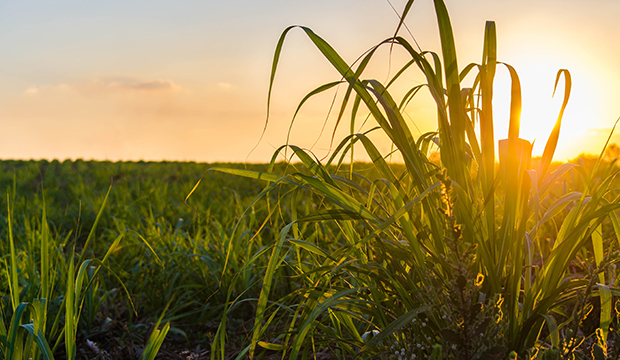Thanks for member Duncan Allison for these notes each month.
Our vital resource – farmland. There are several concerns about our farmland in the US. First there has been a steady decrease in farmland from 945 million acres in 2000 to 899.5 million in 2018. This indicates a steady loss of farmland. Just as disturbing is the state of that farmland. One report concluded that “In too many places our soils have become degraded and really need to reverse the trend and rebuild the health of our soils going forward.” Steve Groff and Sonja Begemann.
This situation is not hopeless as there are plenty of signs that farmers have been learning how to preserve the fertility of their soil as well as reducing soil/water runoff – of particular concern to farmers whose land drains into the Chesapeake Bay. There are major efforts underway to reduce both pollutants and runoff.
“Conservation tillage, which protects the soil by reducing soil disturbance and keeping the soil covered, is considered to be a key component of a soil health management system.” “In recent decades, farmers have increasingly adopted conservation tillage methods for a broader set of reasons. In addition to reducing erosion and preserving soil moisture, conservation tillage can reduce crop production costs by reducing the use of fuel, labor, and tillage machinery. Herbicide- tolerant crops have increased the availability of pesticides for post-emergent weed control and further reduced reliance on tillage. Increasingly sophisticated planters equipped to cut through or clear crop residue from the row have made it easier to plant directly into untilled, residue-covered soil.” Classen et al, USDA ERS. USDA’s National Resources Conservation Service has identified soil health as a key focus for soil management. The greater precision in applying fertilizers depending on soil types across the field and optimal timing will have the capability to reduce soil runoff.
Luckily there are other signs that we will be able to increase the use of measures that avoid further soil degradation, preserve soil fertility and reduce runoff. For instance there is strong interest in the use of cover crops. 86% of over 2,000 farmers participating in a cover crop survey recently found that soil health was a key benefit followed by yield consistency and yield advantage
Climate change can also be expected to influence what we can successfully and economically grow in the future. This could reduce the total available land for several crops and certainly increase some diseases, insects and even weeds. Heat stress will require intensive breeding to provide varieties that are adapted to hotter and other climatic factors. Rainfall both excessive, more irregular and either reduced or at times heavy and will be challenging to deal with.
Livestock will also be affected. In 2010 heat stress lowered milk productivity for the average dairy herd by about $39,000 equating to $1.2 billion in lost production. Our Holsteins and several other dairy cows and our beef breeds mostly originate in Northern Europe so breeding will be needed to develop cattle that can still be productive at higher temperatures. Attitudes to ruminant based meat. There has been some criticism of the treatment of livestock and many companies, both large and small, are developing cell or plant based “meat” and veggie-burgers. There are already legal battles about calling non-livestock products meat. Ruminants also get a bad rap from the methane they produce mainly in their burps. In the U.S. 42% of the ag emissions come from animal agriculture with 2/3 as methane from ruminants. It is likely that we can expect some adverse effect on total cattle product sales as a result.
What will we be eating in the future? There seems to be some agreement that if we want to be healthier, we should be eating more vegetables and fruit. Current production of both would have to increase significantly. Already there are forecasts for greater quantities to be imported of both fruit and vegetables. Labor is a major limiting factor and virtually all the labor comes from over the southern border as many vegetables and fruits must be harvested by hand.
Much effort is being devoted to develop mechanized harvesters in crops such as apples, strawberries, even mushrooms, but machinery will have to be very sophisticated with an associated high price tag. Fresh fruit and vegetables are often not available in less affluent areas and are already more expensive versus grain based products. Distribution will have to improve. Could larger (even larger!) scale farms reduce the price of fruit and vegetables together with cheaper imported products and strong advertising to achieve much greater consumption? Mechanized harvesters may be too expensive for smaller producers.
There are many challenges in the next few years to ensure that we can maintain our position as the major agricultural country in the world, exporting the most crops from almonds to soybeans, dairy and livestock products. While there is concern about our aging farm population, I believe that the next generation of farmers with their computer skills, sophisticated machinery and the latest research results from science, research and extension at our land grant colleges, will rise to the challenges. Our highly developed and sophisticated agricultural infrastructure should be able to continue producing safe, healthy and relatively low cost food for us and for export.

